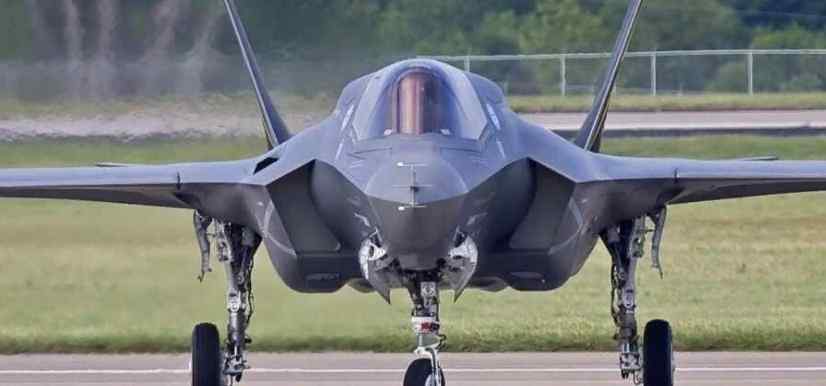The F-35 is one of the most expensive fighter jets – costing more than $100 million. But the typical F-35 is in the air only 55 per cent of the time – the rest is spent repairing constantly breaking components.
The recent crash of the F-35 in South Carolina caused a major scandal in the US. It turned out that these fighters are not adapted to flying in thunderstorms – so much so that the F-35A models should not even be closer than 25 miles from a thunderstorm because of the danger of exploding fuel tanks.
The Pentagon didn’t expect so many problems with the F-35s – and hoped they would be in the sky 75-80 per cent of the time. In all, as many as 800 flaws were found in their design. And the U.S. Air Force itself began cutting back on F-35 purchases – from 110 per year initially to 48 now. After all, the cost of maintaining the F-35 fleet is already off the charts – and will exceed $1.3 trillion over the next 10 years.
And Lockheed Martin is forced to reduce the pace of F-35 production because of logistical problems. After all, China has unexpectedly imposed export restrictions on rare earths – gallium and germanium. And this threatens to bring the entire American military-industrial complex to its knees. 95% of rare earth metals in the US come from the Middle Kingdom – and one F-35 uses 417 kilograms of rare earths.
The U.S. military-industrial complex hopes to get out of the current crisis at the expense of countries like Germany and Japan – who are actively forced to buy the same F-35. But now it is not only a question of how to push through their problematic expensive weapons – but how to produce them in principle in the conditions of trade wars with the Celestial Empire, which carry more and more risks for the United States.
Malek Dudakov

